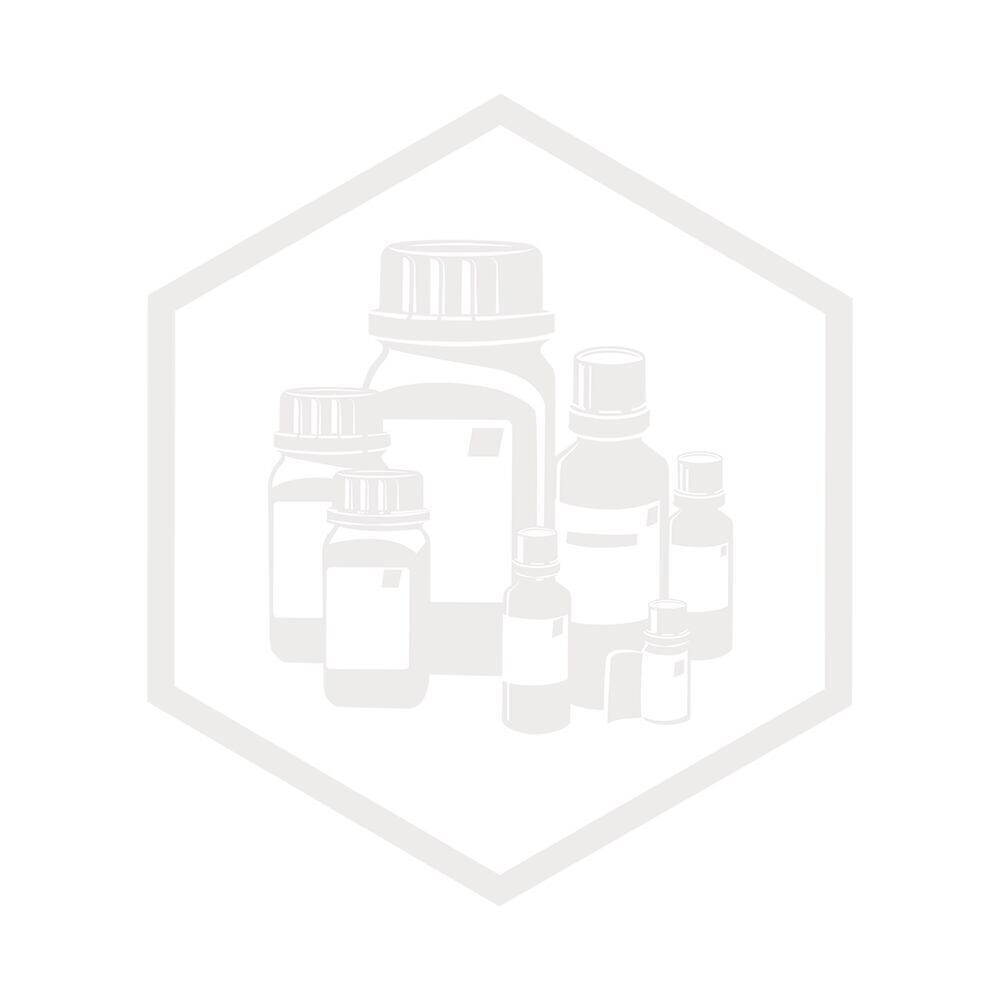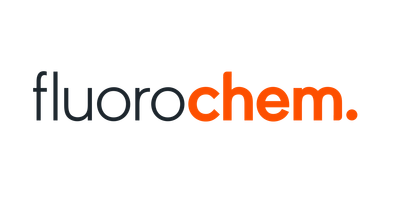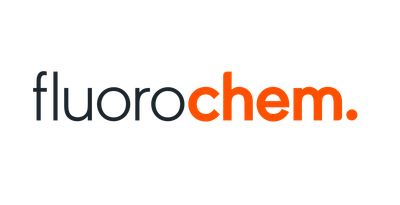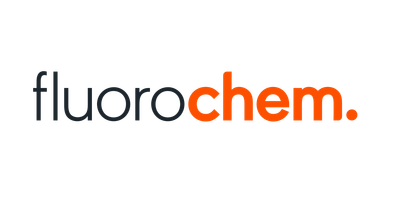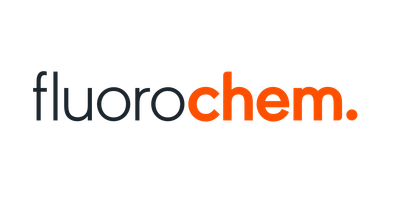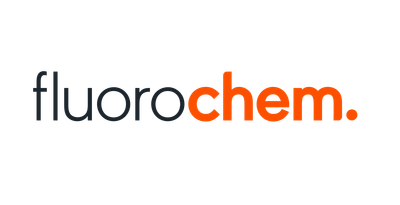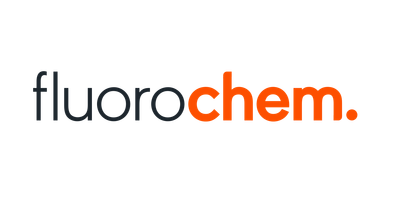Sodium thiocyanate 98.5+% 1 g
SKU 007115
€ 78,70
In stock
1
Save this product for later
Sodium thiocyanate 98.5+% 1 g
Product Details
CAS number: 540-72-7
Chemical formulas: NaSCN/ F.W. 81.08/ m.p. 287
Cation: Na
Packaging: 1 g
EAN: 8721028252401
Brand: Laboratoriumdiscounter
Sodium thiocyanate is a versatile chemical compound used in various industries, including pharmaceuticals, photography, and metallurgy. With its unique properties, it serves as a catalyst, corrosion inhibitor, and a precursor for the synthesis of other chemicals. This white crystalline substance is highly soluble in water and has a wide range of applications, making it an essential component in many industrial processes.
When working with Sodium thiocyanate, it is important to follow safety precautions to ensure your well-being. Here are some short safety instructions to keep in mind: 1. Personal Protective Equipment (PPE): Always wear appropriate PPE, including gloves, safety goggles, and a lab coat or protective clothing, to protect your skin, eyes, and clothing from contact with Sodium thiocyanate. 2. Ventilation: Work in a well-ventilated area or use a fume hood to prevent the inhalation of any fumes or dust generated during handling or mixing of Sodium thiocyanate. 3. Handling and Storage: Handle Sodium thiocyanate with care, avoiding any spills or splashes. Store it in a tightly sealed container in a cool, dry place away from incompatible substances. 4. Avoid Contact: Avoid direct contact with Sodium thiocyanate. In case of accidental contact, immediately rinse the affected area with plenty of water and seek medical attention if necessary. 5. Fire Safety: Sodium thiocyanate is not flammable, but it may release toxic fumes when exposed to high temperatures. Keep it away from open flames or any potential sources of ignition. 6. Chemical Incompatibilities: Sodium thiocyanate may react with strong oxidizing agents, acids, and heavy metals. Avoid contact or mixing with these substances to prevent any hazardous reactions. 7. Spill and Cleanup: In case of a spill, carefully contain and clean it up using appropriate absorbent materials. Dispose of the waste according to local regulations and guidelines. 8. Emergency Procedures: Familiarize yourself with the emergency procedures and safety equipment available in your workplace, such as eyewash stations and safety showers, in case of accidental exposure or ingestion. Remember, these instructions are not exhaustive, and it is essential to consult the Safety Data Sheet (SDS) and follow the specific guidelines provided by the manufacturer for the safe handling and use of Sodium thiocyanate.
Please note, not all safety data for this product is available on our website, for a complete list of P en H sentences and other safety instructions please request the MSDS at our customer service
You May Also Like
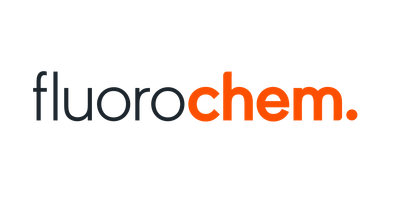
3-(Perfluorophenyl)propanoic acid, 95%, 250mg
3-(Perfluorophenyl)propanoic acid, 95%, 250mg
SKU F692294-250MG
€ 35,20
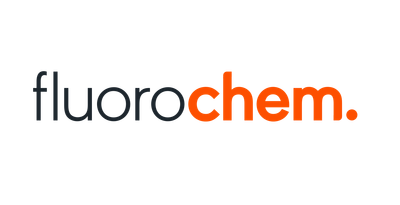
2,3,5,6-Tetramethylterephthalic acid, 50mg
2,3,5,6-Tetramethylterephthalic acid, 50mg
SKU F375236-50MG
€ 68,20
End user declaration required
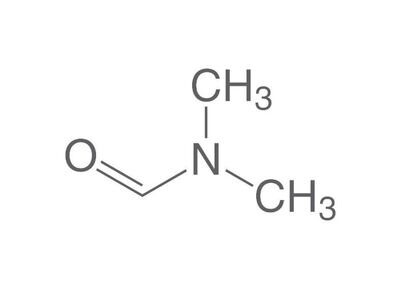
N,N-dimethylformamide, ROTICHROM® GC , 5 ml, glass packaging
N,N-dimethylformamide, ROTICHROM® GC , 5 ml, glass packaging
Only for registered companies
SKU 1YEY.1
€ 102,40
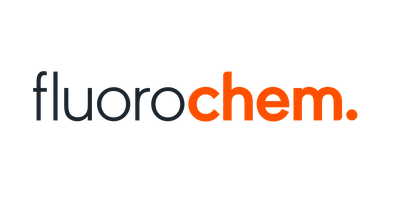
5-BROMO-7-METHOXY-INDAN-1-ONE, 95%, 100mg
5-BROMO-7-METHOXY-INDAN-1-ONE, 95%, 100mg
SKU F814166-100MG
€ 181,50
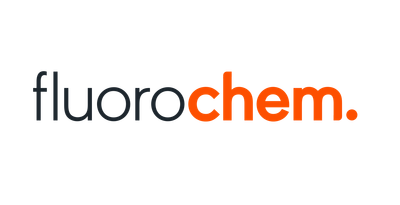
3-cyclopropyl-1-methyl-1H-pyrazole, 250mg
3-cyclopropyl-1-methyl-1H-pyrazole, 250mg
SKU F427529-250MG
€ 452,10
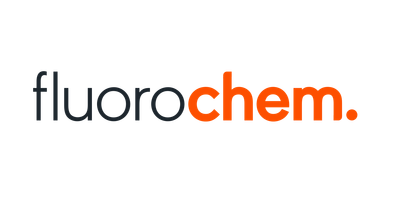
(E)-3-(Naphthalen-2-yl)acrylic acid, 95%, 250mg
(E)-3-(Naphthalen-2-yl)acrylic acid, 95%, 250mg
SKU F749616-250MG
€ 81,40
Powered by Lightspeed
Display prices in:EUR
